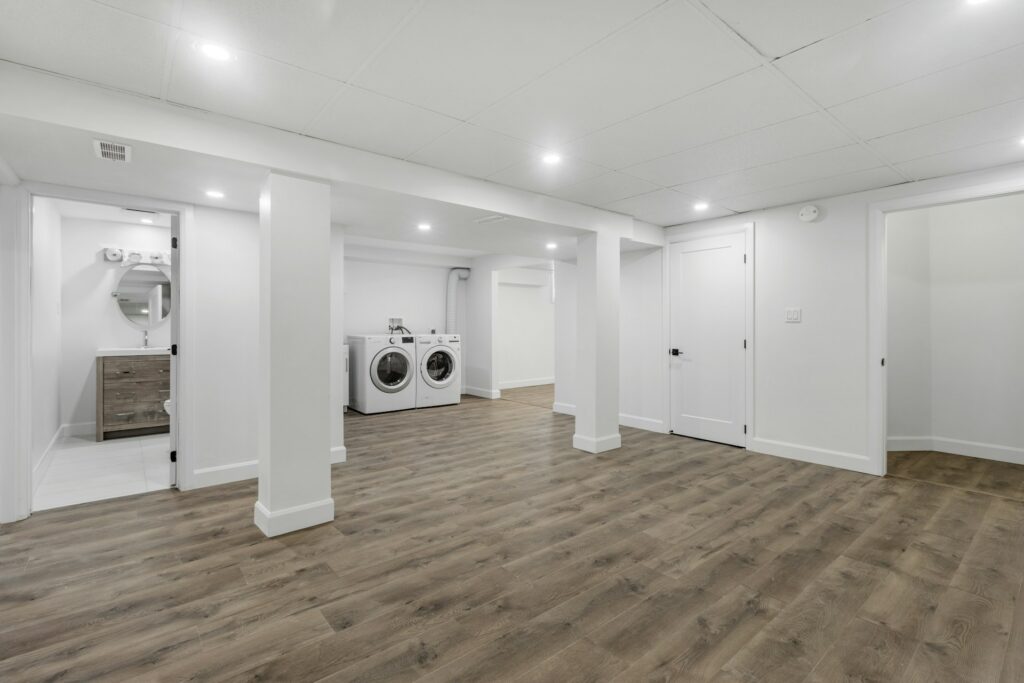
Table of Contents
Understanding Noise Management in Soundproofing
The search term how to soundproof a basement is a common one. First, when we see how to soundproof a basement or any other room type, we have to correct the use of the word soundproof. There is no such thing as “proofed” with noise. Noise transmission is managed. There is nothing absolute about noise. The goal in how to soundproof a basement ceiling or any other surface area within your room is to mitigate or lower the pressure levels that will leave the room and go next door or outside to disturb others.
With any noise issues, we want to lower the noise we are creating or lower the noise energy entering our rooms from outside sources. The first thing you must do with any noise issue is measure the frequency and amplitude of the noise issue.
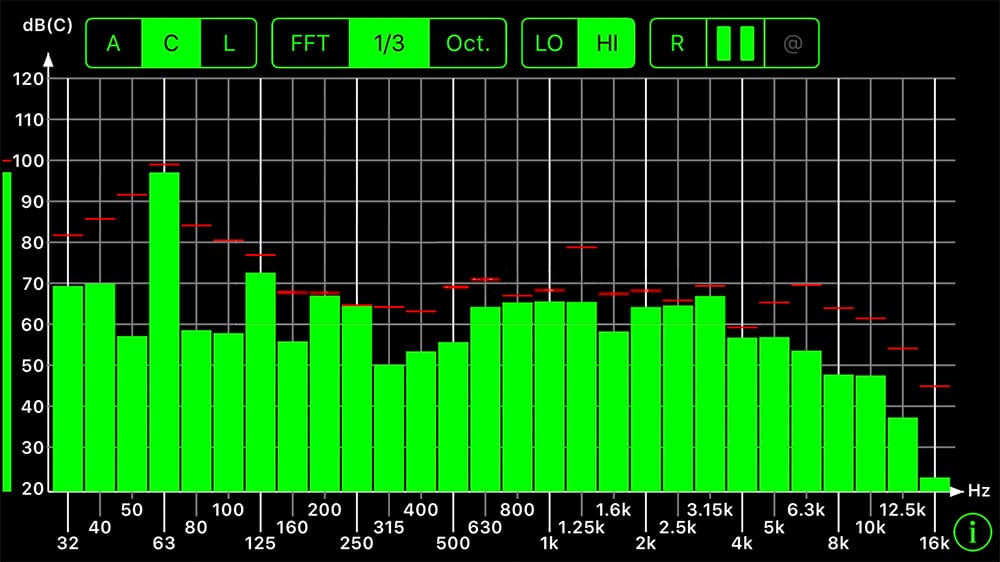
The Importance of Measuring Noise Frequency and Amplitude
All noise is composed of frequency and amplitudes. The frequency of the noise is where it lies on our human hearing audio scale. Is it low frequency noise? Is it middle and high frequency noise? When you are trying to decide on how to soundproof a basement ceiling, you must measure the noise that is leaving the room and going upstairs. You must measure the noise in the upstairs in order to compare the noise that has escaped the room to the noise created within the room.
You must measure for both frequency and amplitude. If you are generating full range noise, say in a home theater, you will need a barrier that can attenuate low frequencies along with middle and high frequencies. Car crashes and explosions are full range noises with all frequencies represented within the noise. Building a barrier to stop lower frequency noise issues is much more complicated than trying to stop voice which is composed of middle and higher frequencies.
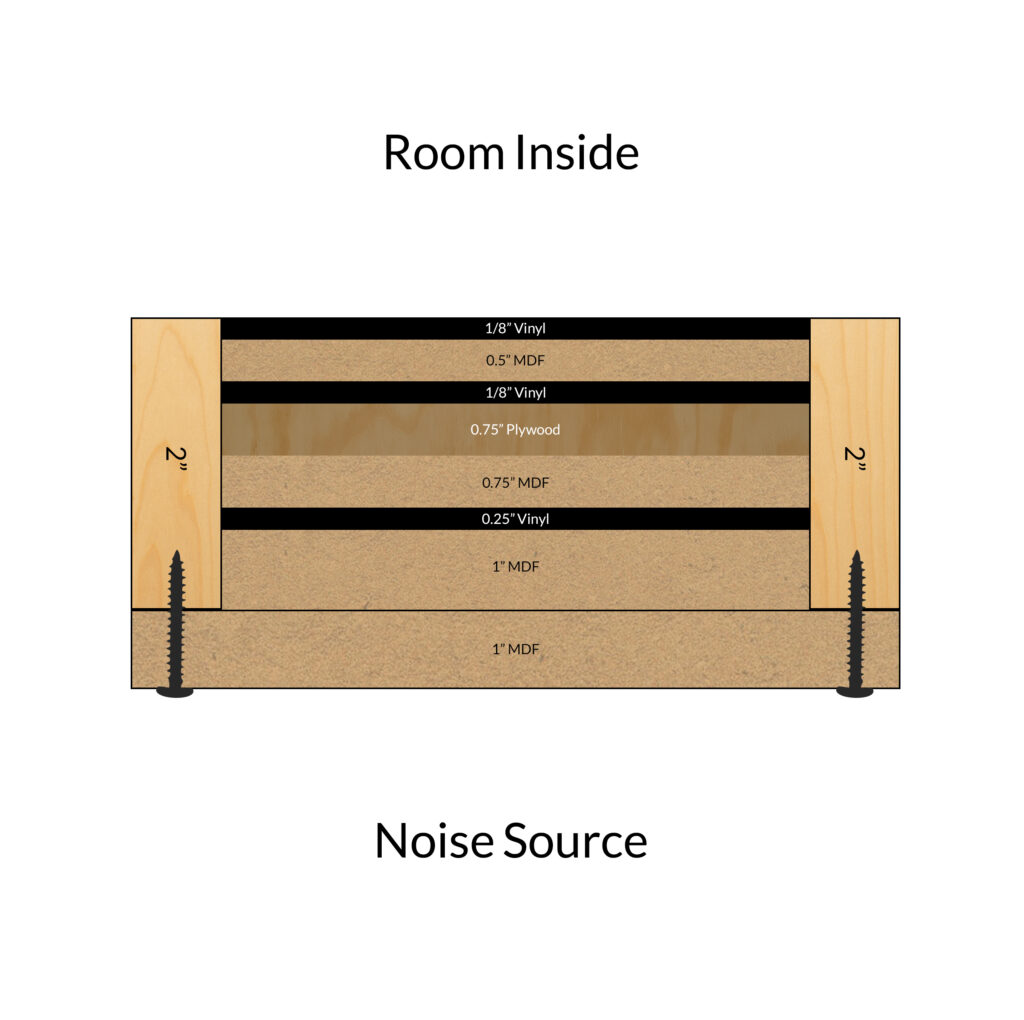
Steps to Measure Noise for Effective Soundproofing
At Acoustic Fields, we have a simple process to measure noise. We send you apps that you download on your phone. You measure the noise and take readings that you record on our on line data sheet. You record noise measurements twice a day taking noise measurements during the quietest part of the day along with the loudest parts of each day. You take two measurements each day for a full week. These noise numbers are referred to as minimums and maximums.
We are looking for the lowest frequency with the greatest strength or amplitude. You send the data sheet to us and we examine your data. We then send you a drawing for the barrier you will be building to stop your measured noise issue. The drawing will show you what to build. There are no wall hanging panels that will stop noise transmission. Attenuating noise is a permanent construction fix only.
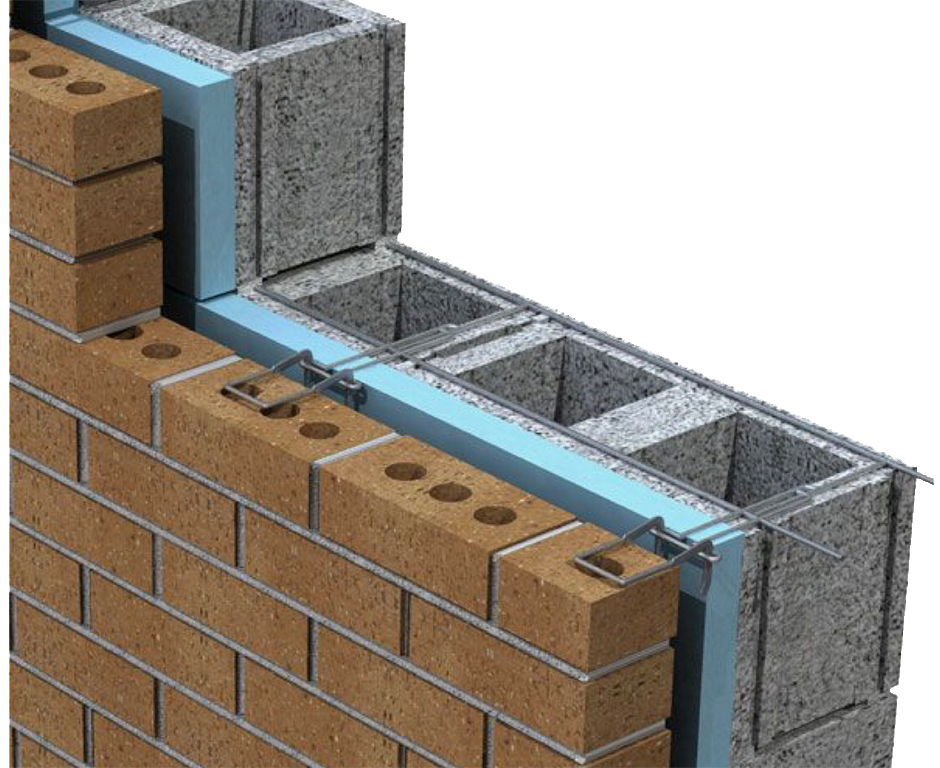
Designing a Barrier for Full Range Noise
The reason we must measure our noise issues is because we do not want to spend one dollar more than we have to stop noise. Since noise is a permanent construction fix, we do not want to spend money on materials and labor we do not need to spend. Every material type that you use in a barrier design is directly dependent on the frequency and amplitude or strength of the noise that is either generated within the room or comes from outside sources.
Noise frequencies below 125 hz.are much more difficult to attenuate than noise above 125 hz. Your barrier design will require more materials along with different construction techniques. There is no easy fix for noise transmission. The old carpenter adage of measure twice and cut once applies to noise and barrier issues.
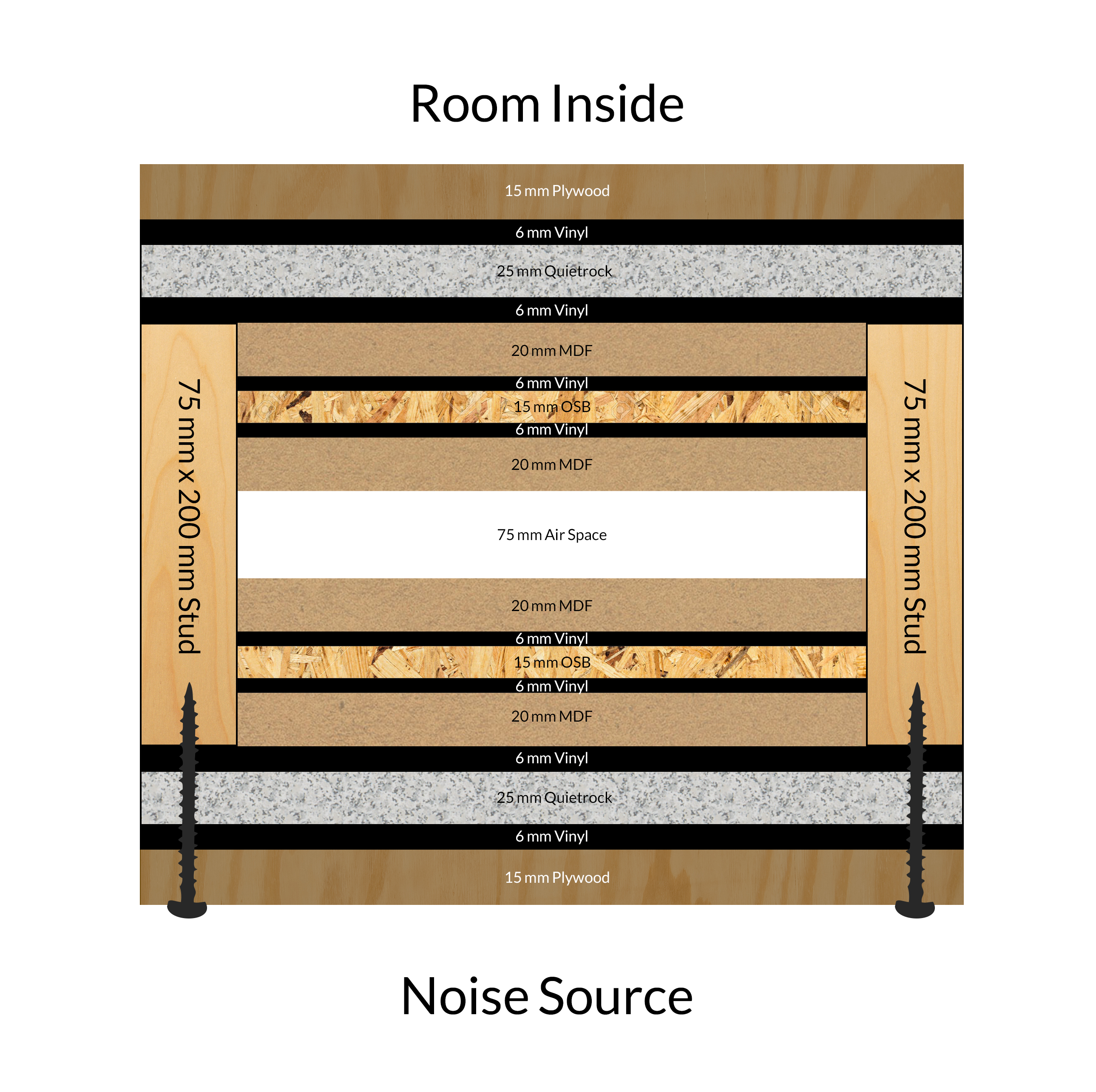
Cost-Effective Strategies for Noise Attenuation
Once you have taken your noise measurements and decided on the materials you will use to build your barrier with, you must keep two major rules in mind. Think of your noise project as a boat that you will build and place within the ocean. It must be strong enough to handle the pressure from the ocean waves striking the ship and also it must not leak. You must build your barrier to be strong and there cannot be any gaps in the barrier structure.
Noise frequencies can take up to 12″ to attenuate if they are low frequency. Noise issues above 125 hz. require less space and materials than lower frequency noise transmission. It takes a completely different barrier design to stop the energy from a home theater than it does people talking in the next room.


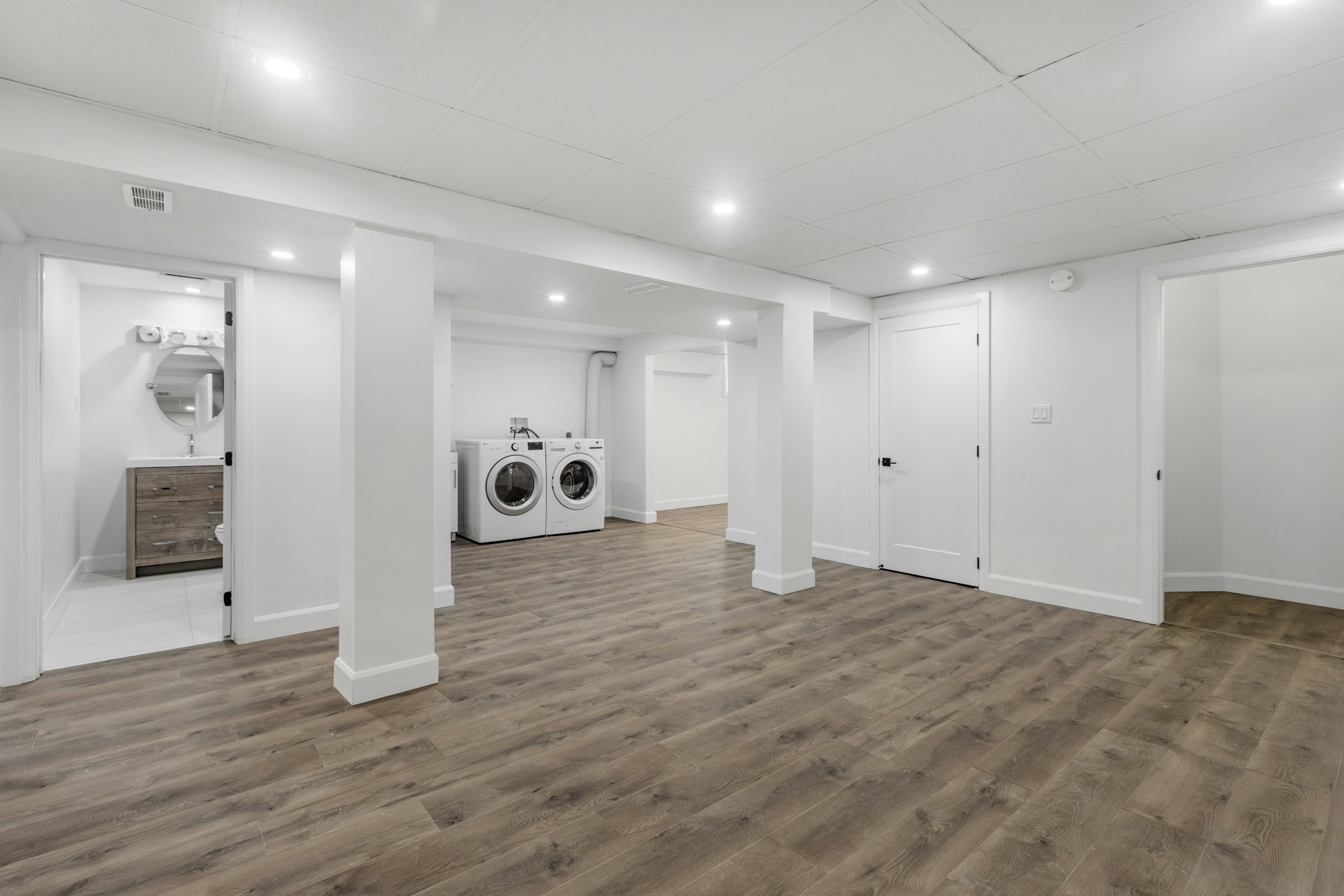





Greetings Mr. Foley,
I have found your website and educating YouTube clips as inspiration into learning more about the invisible world of frequency. The objective is to construct a room that will compound/resonate healing frequencies. As you are almost certainly aware there are certainly frequencies that can heal us from a cellular level. I would like to build the best possible room to allow conditions for sound resonance healing. Can you do this? Thank you
We can design for any frequency range within the room. What are the frequencies you require for your project? Send your comments to info@acousticfields.com